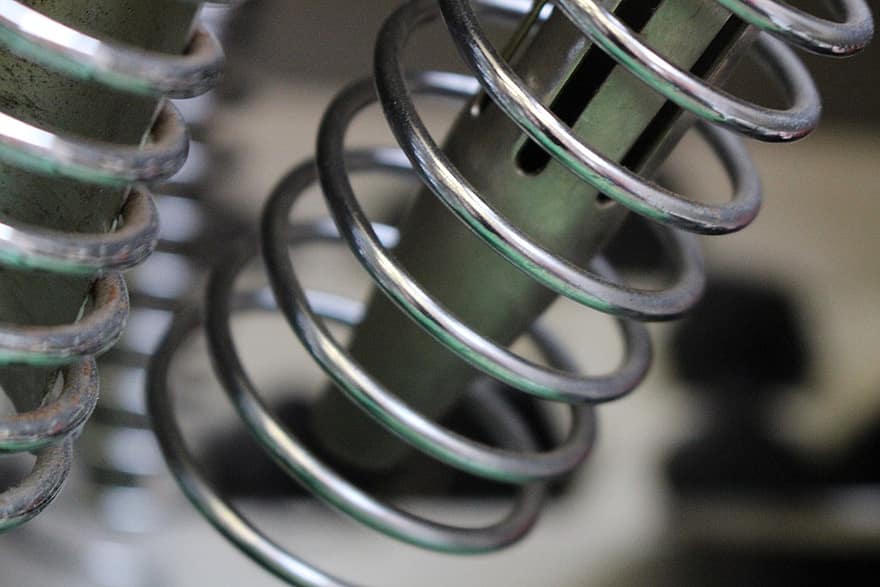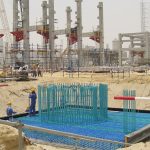Linear stress-strain behavior follows Hooke’s law (“elastic modulus method”) according to Eq. 3.1.

The “elastic modulus” is often called Young’s modulus. Strictly speaking, however, Young’s modulus is the modulus when lateral expansion is allowed. When no, or next to no, lateral expansion is “allowed”, the modulus is called “constrained modulus”, D (or M), and it is larger than the Young modulus, E. The constrained modulus is also called the “oedometer modulus”. For ideally elastic soils, the ratio between D and E is shown in Eq. 3.2.


Poisson’s ratio expresses how a compression in the direction of loading is counteracted by lateral expansion in the perpendicular direction. Incompressible materials have a Poisson’s ratio of 0.5. Such materials may compress in the direction of loading, but the volume is unchanged. For a soil material with a Poisson’s ratio of 0.3, a common value, the constrained modulus is 35 % larger than the Young’s modulus. (As an illustration, unrelated to settlement of soils, but not to foundation engineering: the concrete inside a concrete-filled thick-wall pipe pile behaves as a constrained material as opposed to the concrete in a concrete pile. Therefore, when analyzing the deformation under load, the constrained modulus needs to be used for the former and the Young’s modulus for the latter).
The deformation of a soil layer, s, is the strain, e, times the thickness, h, of the layer. The settlement, S, of the foundation is the sum of the deformations of the soil layers below the foundation (Eq. 3.3).

Non-Linear Deformation
Stress-strain behavior is non-linear for most soils. The non-linearity cannot be disregarded when analysing compressible soils, such as silts and clays, that is, the linear elastic modulus approach is not appropriate for these soils. Non-linear stress-strain behavior of compressible soils is conventionally modelled by Eq. 3.4.

The compression index and the void ratio parameters, Cc and e0 , are determined by means of oedometer (consolidometer; compressometer) tests in the laboratory. If the soil is overconsolidated, that is, consolidated to a stress (called preconsolidation stress), σ’p, larger than the existing effective stress, Eq. 3.4 changes to Eq. 3.5.


Thus, in conventional engineering practice of settlement design, two compression parameters need to be established; the Cc and the e0. Actually, on surprisingly many occasions, geotechnical engineers only report the Cc, neglecting to include the e0 . Worse, when they do report both parameters, they often report the Cc from the oedometer test and the e0 from a different soil specimen than that used for determining the compression index! This is not acceptable, of course.
The inconvenience of having to employ two parameters is also avoided by the MIT approach, where the compressibility of the soil is characterized by the ratios Cc/(1 + e0) and Ccr/(1 + e0) as single parameters (usually called Compression Ratio, CR, and Recompression Ratio, RR, respectively).
As an aside, Swedish and Finnish practices apply a strain value, called e2, equal to the strain for a doubling of the applied stress. For the latter, Eq. 3.5 becomes:



